Rise, Shine and Eat Healthy
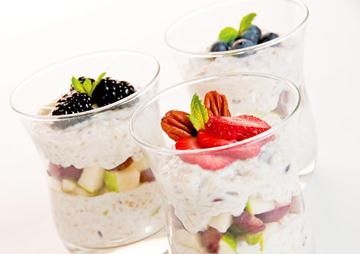 Healthier breakfast items are the order of the day as breakfast sales at restaurants rebound.
Healthier breakfast items are the order of the day as breakfast sales at restaurants rebound.
The most important meal of the day has been a challenge for restaurants over the past few years, faced with economic uncertainty and reduced consumer spend. In order to lure back customers to an already over-crowded breakfast marketplace, restaurant operators will need to give consumers what they want—and according to latest research from Mintel, that’s a healthy breakfast, as 66% of restaurant-goers say they are interested in healthier breakfast options.
Promisingly, Mintel’s research shows breakfast sales are expected to rebound in 2011, resulting in 4.1% growth, and the healthy-eating message is echoed by the 39% of restaurant diners who say breakfast options at their local eateries are too unhealthy. Regardless of the day of the week, two-fifths of consumers who eat breakfast out (39% on weekdays and 40% on weekends) say healthy breakfast options are the most important factor when selecting a breakfast spot.

 Older Americans consume less sodium than Millennials, but all generations consume more than recommended, particularly according to the new USDA guidelines.
Older Americans consume less sodium than Millennials, but all generations consume more than recommended, particularly according to the new USDA guidelines.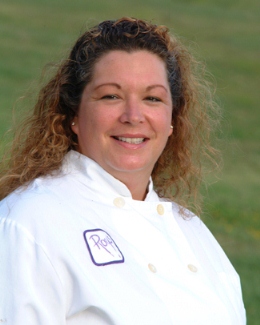 An interview with Jackie Lau, corporate chef of Roy’s Restaurant Group.
An interview with Jackie Lau, corporate chef of Roy’s Restaurant Group. A variety of review techniques can help students excel.
A variety of review techniques can help students excel.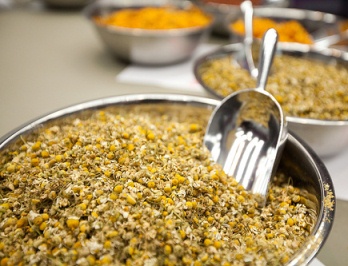 More diners demand that their tea service show an understanding of style and quality. Good news is that programs are now available for training and credentialing.
More diners demand that their tea service show an understanding of style and quality. Good news is that programs are now available for training and credentialing.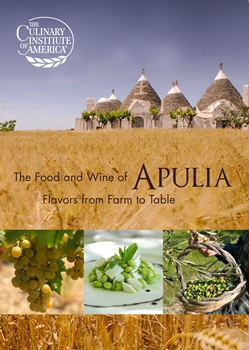 The CIA launches a free online learning module on the food and wine of one of Italy’s undiscovered food frontiers.
The CIA launches a free online learning module on the food and wine of one of Italy’s undiscovered food frontiers.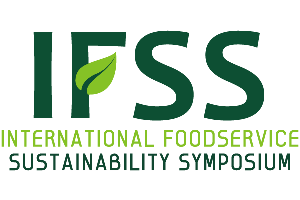 Kendall College and NRA Conserve are founding sponsors of the International Foodservice Sustainability Symposium.
Kendall College and NRA Conserve are founding sponsors of the International Foodservice Sustainability Symposium.